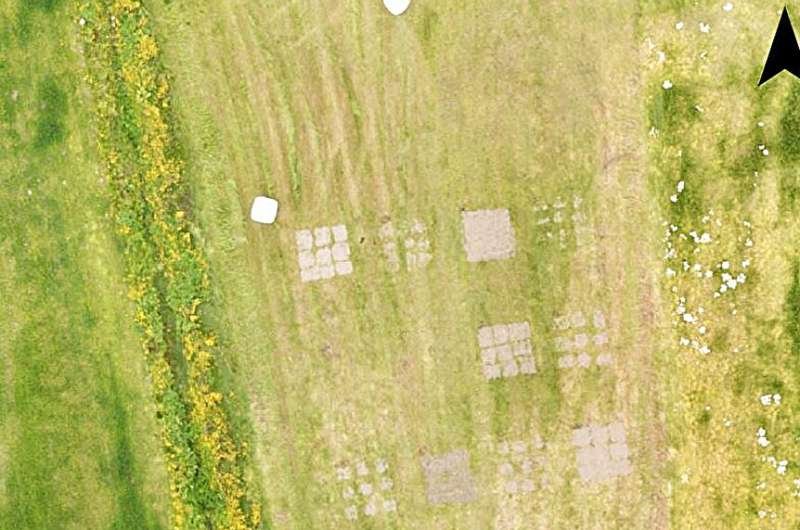Recent research has unveiled a promising breakthrough for Greenlandic agriculture: the utilization of glacial rock flour to enhance water absorption in cultivated fields.

Recent research has unveiled a promising breakthrough for Greenlandic agriculture: the utilization of glacial rock flour to enhance water absorption in cultivated fields.
This innovative approach has the potential to revolutionize farming practices in Greenland by mitigating the risk of water erosion and creating more favorable conditions for plant growth.
While Greenland may not be the first place that comes to mind for agriculture, modern farming has been a part of the landscape for nearly a century. Traditionally focusing on sheep and grass for livestock feed, recent years have seen commercial cultivation of crops like potatoes and beets. However, one significant challenge faced by farmers in Greenland is the soil’s limited ability to absorb water.
A recent study conducted by postdoc Peter L. Weber from the Department of Agroecology at Aarhus University highlighted this issue. The study analyzed soil samples from 23 grazed and cultivated areas in South Greenland, revealing that a staggering 99% of the soil exhibited water-repellent properties. Additionally, 98% of the soil showed an extreme level of water repellency.
This hydrophobicity, where soil struggles to absorb water due to a fatty-like layer on soil particles, can severely hinder agricultural production. It leads to increased surface runoff, erosion, reduced water infiltration from rain or irrigation, and diminished nutrient availability for plants.
In pursuit of solutions, researchers have explored various methods globally, including altering cultivation practices, using soil conditioners, and irrigation. Another approach involves increasing the soil’s clay content, a method widely employed elsewhere. However, clay’s availability is limited in Greenlandic soil, prompting a search for alternative solutions.
Here, glacial rock flour emerges as a promising candidate. Formed as glaciers crush and break down rocks in their path, Greenland boasts a substantial reserve of this unique flour, replete with minerals that offer potential benefits for agriculture.
“It has a remarkably high content of clay particles. Therefore, we have examined whether it would be beneficial to use local glacial rock flour to improve water absorption in Greenlandic agricultural soil,” notes Peter L. Weber.
Conducting two field experiments in South Greenland, the researchers studied how different quantities of glacial rock flour impact the soil’s water absorption capacity. The results indicated that incorporating glacial rock flour indeed enhances the soil’s water absorption capabilities, marking a positive development for Greenlandic agriculture.
This breakthrough is part of a larger research endeavor to enhance farming conditions in Greenland, particularly in light of the significant impacts of climate change on the region’s agricultural sector.
By exploring innovative methods, such as the utilization of glacial rock flour, researchers aim to establish sustainable and productive farming practices, ensuring a resilient future for Greenlandic agriculture. The ongoing research will also delve into the long-term effects of employing glacial rock flour in agricultural practices.